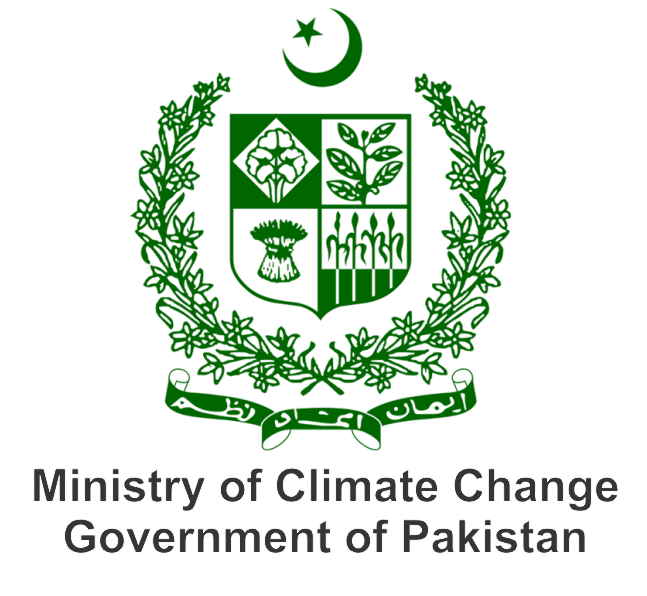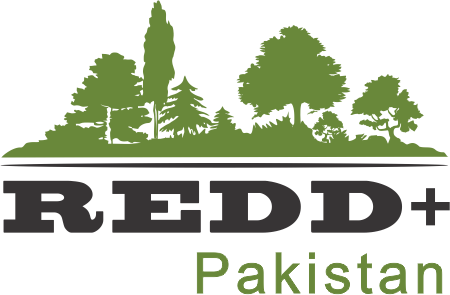Development of a safeguard information system (SIS) is one of the three safeguard-related requirements outlined by the United Nations Framework Convention on Climate Change (UNFCCC) and is linked to the delivery of results-based payments. SIS has been designed as domestic institutional arrangement for providing information as to how the country specific safeguards are being addressed and respected in the context of the implementation of the its proposed REDD+ actions (referred to as Policies and Measures or PAMs).
A dedicated web portal http://reddpakistansis.com/?lang=ur provides operational mechanism for on REDD+ safeguards information system and FGRM.
The objective of SIS is to provide information that is accessible by all relevant stakeholders to demonstrate that the seven Cancun REDD+ safeguards listed below are being addressed and respected throughout REDD+ implementation.
- Actions complement or are consistent with the objectives of national forest programmes and relevant international conventions and agreements;
- Transparent and effective national forest governance structures, taking into account national legislation and sovereignty;
- Respect for the knowledge and rights of indigenous peoples and members of local communities, by taking into account relevant international obligations, national circumstances and laws, and noting that the United Nations General Assembly has adopted the United Nations Declaration on the Rights of Indigenous Peoples;
- The full and effective participation of relevant stakeholders, in particular indigenous peoples and local communities, in the actions referred to in paragraphs 70 and 72 of this decision;
- That actions are consistent with the conservation of natural forests and biological diversity, ensuring that the actions referred to in paragraph 70 of this decision are not used for the conversion of natural forests, but are instead used to incentivize the protection and conservation of natural forests and their ecosystem services, and to enhance other social and environmental benefits, taking into account the need for sustainable livelihoods of indigenous peoples and local communities and their interdependence on forests in most countries, reflected in the United Nations Declaration on the Rights of Indigenous Peoples, as well as the International Mother Earth Day;
- Actions to address the risks of reversals;
- Actions to reduce displacement of emissions.
Reliable safeguards information is important not only for achieving REDD+ in a sustainable manner, but can serve possible broader sustainable development, and other national policy, goals (as well as other international reporting obligations). It may also serve reporting commitments associated with the safeguards (e.g., bilateral commitments, through FCPF Carbon Fund) which requires participating countries to comply with World Banks environmental and social safeguard policies and procedures to qualify for results-based payments for Emission Reduction under Carbon Fund, together with promotion of the Cancun Safeguards.
The Safeguards and Grievance System has been designed to help Pakistan meet safeguards requirements under UNFCCC and FCPF, and ensure the social and ecological sustainability of REDD+ in Pakistan. The Readiness Fund of FCPF has two procedural safeguard requirements, namely, Strategic Environmental and Social Assessment (SESA), and Environmental and Social Management Framework (ESMF).
- Conducting Strategic Environmental and Social Assessment (SESA)
The SESA stems from environmental assessment (EA) requirements of the World Bank and should conclude with the production of an ESMF as a means for managing environmental and social risks as REDD+ countries develop their National REDD+ strategies.
- Developing Environmental and Social Management Framework (ESMF)
The Environmental and Social Management Framework (ESMF) lays out principles, rules, guidelines and procedures designed to identify, avoid, minimize, mitigate, and/or compensate for the adverse effects of planned REDD+ activities that may occur in the future but are not presently known or are uncertain. It largely provides a framework for Pakistan to address environmental and social issues in REDD+ Strategy as it is implemented. ESMF notes that Pakistan’s policies, laws and regulations (PLRs) are largely consistent with the Cancun REDD+ Safeguards, with identified specific legal gaps to be addressed.
Environmental and Social Management Framework
- Developing Safeguards Information System (SIS)
SIS serves multiple objectives at different levels, including reporting internationally for results-based financing, and providing information within the country to improve the implementation of the REDD+ strategy (adaptive management) and to build and maintain stakeholder and political support for REDD+.
Framework for Design of a SIS for Pakistan
- Developing Feedback and Grievance Redressal Mechanism (FGRM)
FGRM is meant to address the issues and concerns of diversity of stakeholders, especially those of forest-dependent ethnic groups and local communities that may lead to numerous questions, inquiries, and potential grievances regarding the REDD+ strategy or process.
REDD+ FGRM In Pakistan
The FGRM in Pakistan is intended to be accessible, collaborative, expeditious, and effective in resolving concerns through dialogue, joint fact-finding, negotiation, and problem solving. It is designed to be the “first line” of response to stakeholder concerns that have not been prevented by proactive stakeholder engagement. It is intended to complement, not replace, formal legal channels for managing grievances (e.g., the court system, organizational audit mechanisms, etc. REDD+ FGRM in Pakistan


